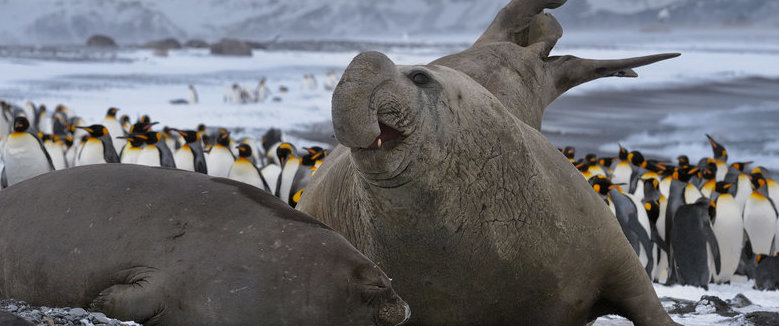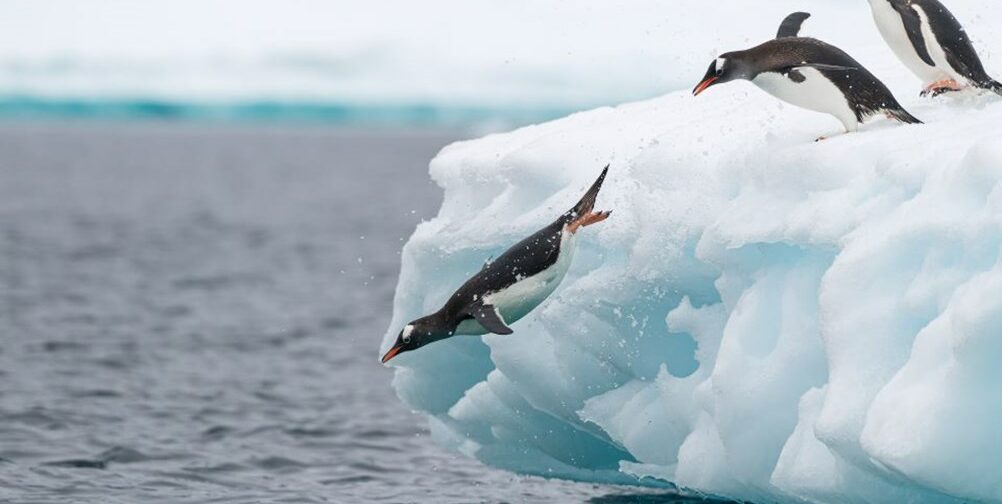From CO2Science.org: Just because the Antarctic is cooling now doesn’t mean it has never warmed. It did, a long time ago, during the Roman and Medieval Warm Periods that the hockey stick crowd tells us never happened. It got so warm that elephant seals thrived well south of where they can currently live between 600BC and 1400AD.
Reference: Hall, B.L., Hoelzel, A.R., Baroni, C., Denton, G.H., Le Boeuf, B.J., Overturf, B. and Topf, A.L. 2006. Holocene elephant seal distribution implies warmer-than-present climate in the Ross Sea. Proceedings of the National Academy of Sciences USA 103: 10,213-10,217.
What was done
The authors collected skin and hair - and even some whole-body mummified remains - from Holocene raised-beach excavations at various locations along Antarctica’s Victoria Land Coast, which they identified by both visual inspection and DNA analysis as coming from southern elephant seals (Mirounga leonina), and which they analyzed for age by means of radiocarbon dating.
What was learned
Data from fourteen different locations within Hall et al.’s study region - which they describe as being “well south” of the seals’ current “core sub-Antarctic breeding and molting grounds” - indicate that the period of time they denominate the Seal Optimum began about 600 BC and ended about AD1400, “broadly contemporaneous with the onset of Little Ice Age climatic conditions in the Northern Hemisphere and with glacier advance near [Victoria Land’s] Terra Nova Bay,” although they found evidence of southern elephant seal presence stretching all the way back to the mid-Holocene.
What it means
The US, British and Italian researchers say their findings indicate “warmer-than-present climate conditions” at the times and locations of the identified presence of the southern elephant seal, and that “if, as proposed in the literature, the [Ross] ice shelf survived this period, it would have been exposed to environments substantially [our italics] warmer than present.” Their data also indicate that the level of this warmth (which began with the inception of the Roman Warm Period and ended with the demise of the Medieval Warm Period) was so significant that the intervening Dark Ages Cold Period - which is readily evident in various types of paleoclimate data obtained from many places around the world - was not intense enough to drive the seals from Antarctica.


